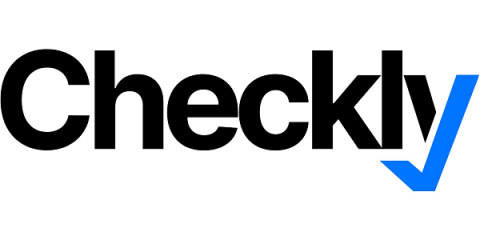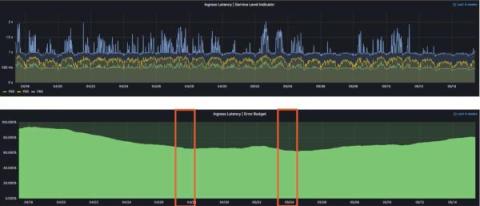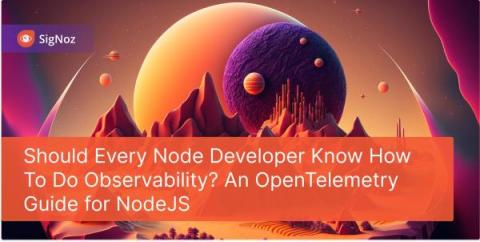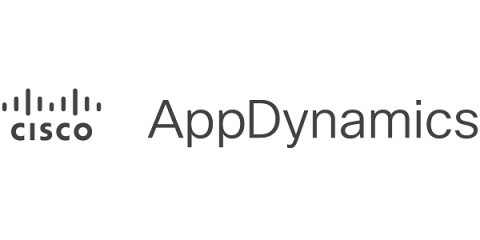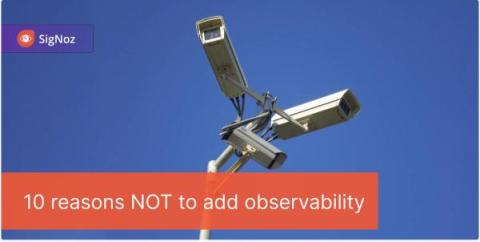Operations | Monitoring | ITSM | DevOps | Cloud
Latest News
Elastic SQL inputs: A generic solution for database metrics observability
Elastic® SQL inputs (metricbeat module and input package) allows the user to execute SQL queries against many supported databases in a flexible way and ingest the resulting metrics to Elasticsearch®. This blog dives into the functionality of generic SQL and provides various use cases for advanced users to ingest custom metrics to Elastic®, for database observability. The blog also introduces the fetch from all database new capability, released in 8.10.
What Is a Feature Flag? Best Practices and Use Cases
Do you want to build software faster and release it more often without the risks of negatively impacting your user experience? Imagine a world where there is not only less fear around testing and releasing in production, but one where it becomes routine. That is the world of feature flags. A feature flag lets you deliver different functionality to different users without maintaining feature branches and running different binary artifacts.
Observability at Scale Needs Summary
The shift from traditional monitoring to observability is widespread, and necessary. It's the way we make sense of increasingly complex and distributed systems. But when we capture all this data at scale... what do we do with it all? If this data itself had inherent value, we’d all be rich. But in the real world data does not provide us value until we can act on what it tells us.
Rescue Struggling Pods from Scratch
Containers are an amazing technology. They provide huge benefits and create useful constraints for distributing software. Golang-based software doesn’t need a container in the same way Ruby or Python would bundle the runtime and dependencies. For a statically compiled Go application, the container doesn’t need much beyond the binary.
How to monitor SLOs with Grafana, Grafana Loki, Prometheus, and Pyrra: Inside the Daimler Truck observability stack
In order for fleet managers at Daimler Truck to manage the day-to-day operations of their vast connected vehicles service, they use tb.lx, a digital product studio that delivers near real-time data along with valuable insights for their networks of trucks and buses around the world. Each connected vehicle utilizes the cTP, an installed piece of technology that generates a small mountain of telemetry data, including speed, GPS position, acceleration values, braking force and more.
Putting Developers First: The Core Pillars of Dynamic Observability
Organizations today must embrace a modern observability approach to develop user-centric and reliable software. This isn’t just about tools; it’s about processes, mentality, and having developers actively involved throughout the software development lifecycle up to production release. In recent years, the concept of observability has gained prominence in the world of software development and operations.
Can you have a career in Node without knowing Observability?
Four ways full-stack observability drives organizational success
Learn how full-stack observability can benefit your organization with real-time visibility into all layers of your IT infrastructure. With digital environments growing more complex, customer expectations are at an all-time high — and IT teams are being asked to manage more with fewer resources while also being “more strategic.” Impossible, right? Well, it can be without full-stack observability.


